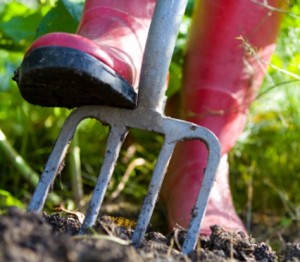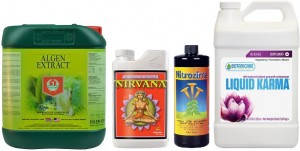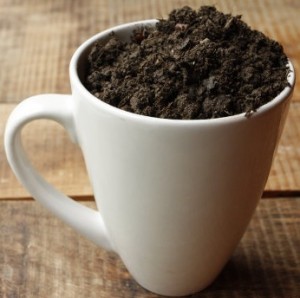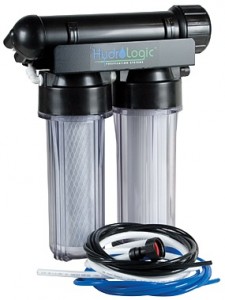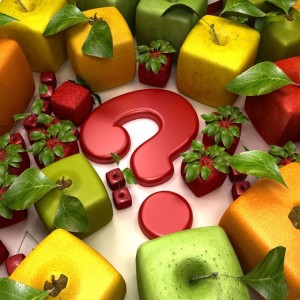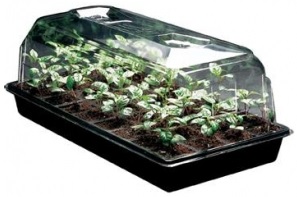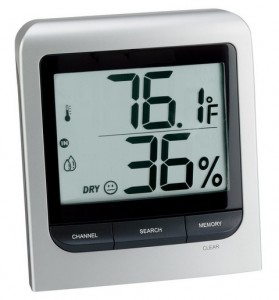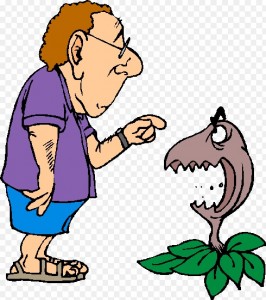 My eyes were bigger than my stomach. Indeed, all too often humans have the tendency to take on more than they should. It is no different in the gardening world. While I do understand the ambition and motivation behind someone that has decided to invest all their time and money into a dream business of theirs, that business is usually something that they know, love, and have experience with. So when going to decide what type of garden you are going to have, first decide whether it will be an investment or a hobby. If gardening is something you know, love, and have experience with then investing into it and making it a profitable business for yourself is feasible. Otherwise, treating it like a hobby may be a better fit, and more enjoyable. Starting small always leaves you the option of expanding, and there are many starter kits that are expandable themselves. We are always willing to go over your options with you, show you what’s available to you, and figure out what set up will best fit your needs.
My eyes were bigger than my stomach. Indeed, all too often humans have the tendency to take on more than they should. It is no different in the gardening world. While I do understand the ambition and motivation behind someone that has decided to invest all their time and money into a dream business of theirs, that business is usually something that they know, love, and have experience with. So when going to decide what type of garden you are going to have, first decide whether it will be an investment or a hobby. If gardening is something you know, love, and have experience with then investing into it and making it a profitable business for yourself is feasible. Otherwise, treating it like a hobby may be a better fit, and more enjoyable. Starting small always leaves you the option of expanding, and there are many starter kits that are expandable themselves. We are always willing to go over your options with you, show you what’s available to you, and figure out what set up will best fit your needs.
Your Mother does not work there…and even if she does, maintaining a clean grow area is crucial. A commonly missed, but great opportunity for cleanliness is before your grow even starts. Empty the room out, take out old curtains and carpets, sweep and vacuum, sanitize all surfaces!! Start clean and finish clean. Upkeep is just as important as the initial scrub down. Always remove any dead plant matter, used cubes, empty nutrient containers and packages, etc. It is also best to change your clothes and shoes before entering your grow area. You don’t notice during the day how many plants you brush up against, and how many pests and spores your shoes come in contact with. Not changing your shoes alone will almost always guarantee the spread of pests. Clean is key. For the hobbyist, this will insure the most enjoyment. A hobby garden destroyed by pests is as painful as a model car that took thirty-six hours to build being destroyed by a little sibling in thirty-six seconds. And for the professional your grow area is your office, your laboratory even, treat it as such. Always maintain a professional, clean work area. A hit to the pocket book that could have been prevented by simple tidiness is a hard one to take.
How long should they veg? I hear this question often, and I understand why. Outside plants do their own thing, they go through their vegetative state and then start flowering when they are supposed to…and they do it all by themselves! When we go indoor, and we control everything, “when” is a required question. With indoor, you need to know your plants growth habits. Specifically, how much does it continue to grow after it has started flowering. Many plants double, even triple in size after they have started flowering. So for the indoor grower, this would mean that you need to get it into flower mode once it has reached 1/2 to 1/3 of the total available height. Let me guess, you veg’d too long? That’s the usual response. Don’t freak out, we all go through a learning curve. As always, contact us if you need help or have questions on how to get your overgrown beasts back under control.
When in doubt, it’s the water. Hydroponics at it’s core is working water, derived from the Greek words hydro (water) and ponos (labor). Hydroponics is all about the water. Many of us will start off using tap water, because it is readily available and “everything seems to be going fine”. If you are somewhere that the tap water is less than 300ppm, it is not hooked up to a water softener, and your local water treatment facilities are not using chloramines, or you are gassing off the chlorine, then you are probably fine. Sad to say, these conditions are hard to find. If you are ever having issues with your plants, and you have gone through the checklist: temp, humidity, light schedule, feeding schedule, pH levels, ppm levels, air circulation, co2 levels, etc., and find yourself saying “I’m doing everything right, I don’t know what it is”; it’s the water. Even with low ppm levels in tap water, you never know what those ppm’s consist of. There is almost always chlorine or chloramines to deal with, and the list goes on. Getting the proper Reverse Osmosis or even simple KDF8 Carbon or Sediment filters for your set up will make all the difference. Then your plants will only be getting what you are giving them, no mystery minerals or salts that could be harming them. With water being the foundation of hydroponics, you can go forward knowing that you are building on a solid one!
Last but not least…..why didn’t I do hydro sooner?! Many people find out about the accelerated growth rates, increased yields, and higher quality that can be achieved with hydroponics and wonder what they are still doing in soil. Some are scared away from hydro by someone (who hasn’t tried it yet, usually) who says “you have to be a scientist” or “there are all these chemicals you have to use”. On the contrary, if you are truly doing soil right, the only difference is the container and the grow media. Everything that you would do with hydro, you should be doing with soil. pH levels are always important in hydro and soil both, and hydroponics uses the same mineral and organic based fertilizers as soil only they are in liquid form opposed to dry. The watering schedule can be the same, the lighting requirement the same; temp, humidity, air circulation, co2……all the same! Don’t let someone scare you out of bigger, better, faster yields. If you are currently using soil, let us show you how simple it is to convert what you already have into a hydro set up!

